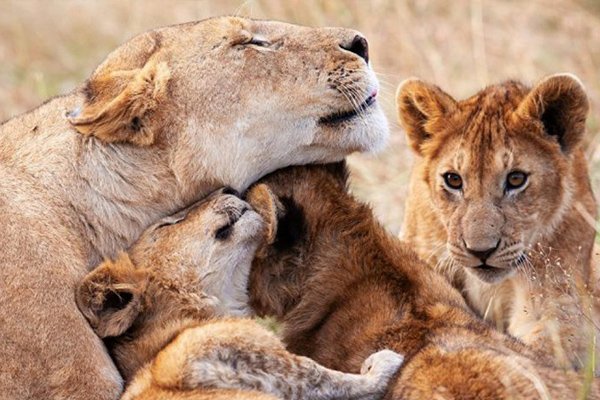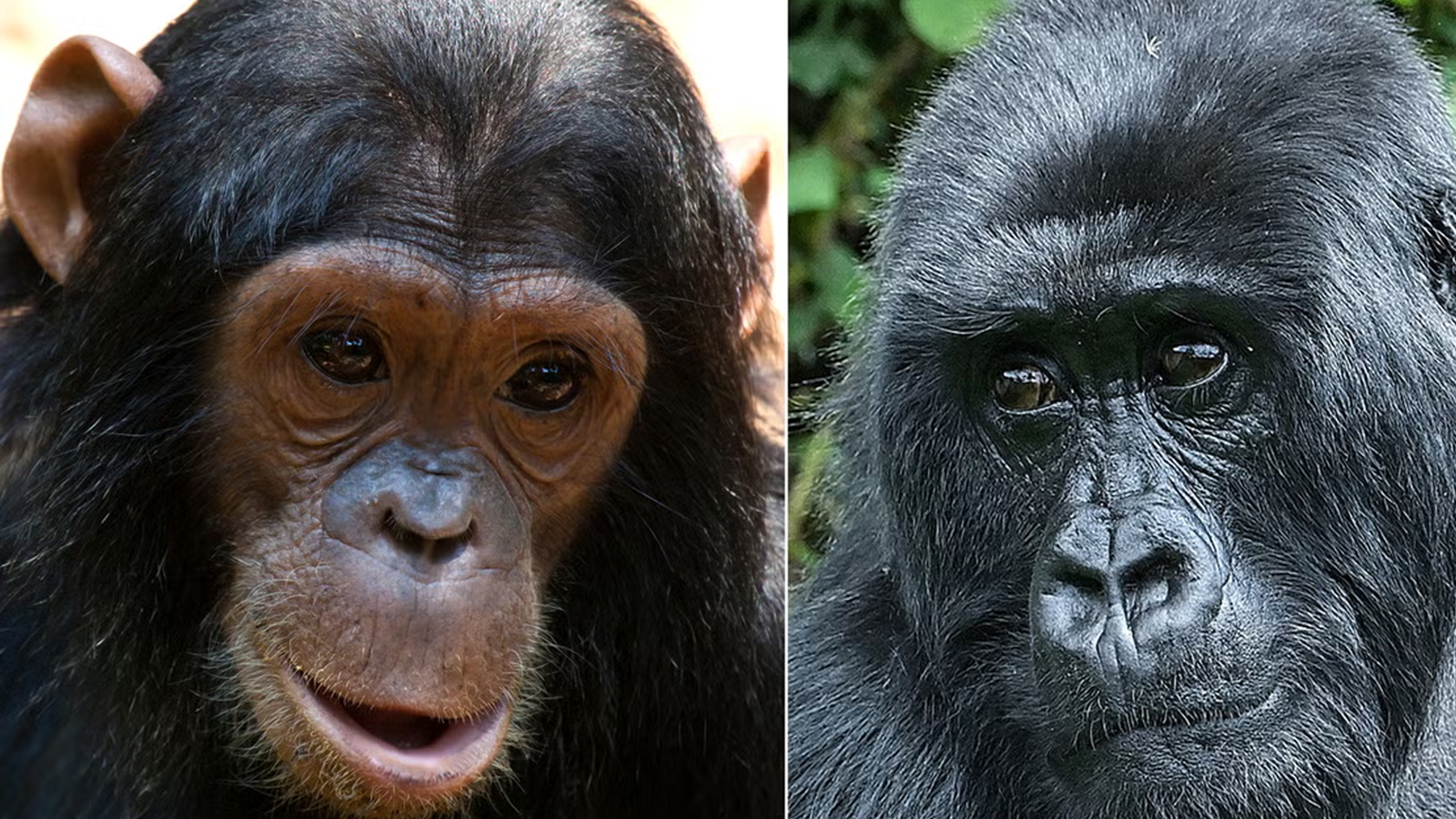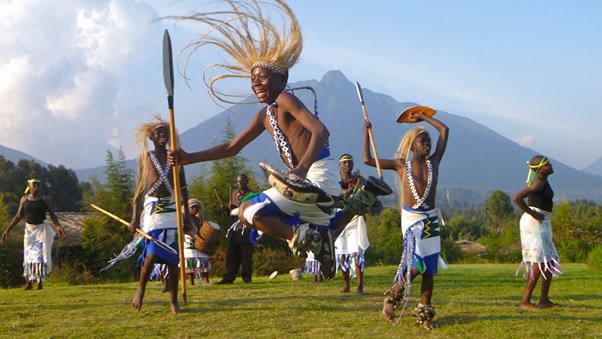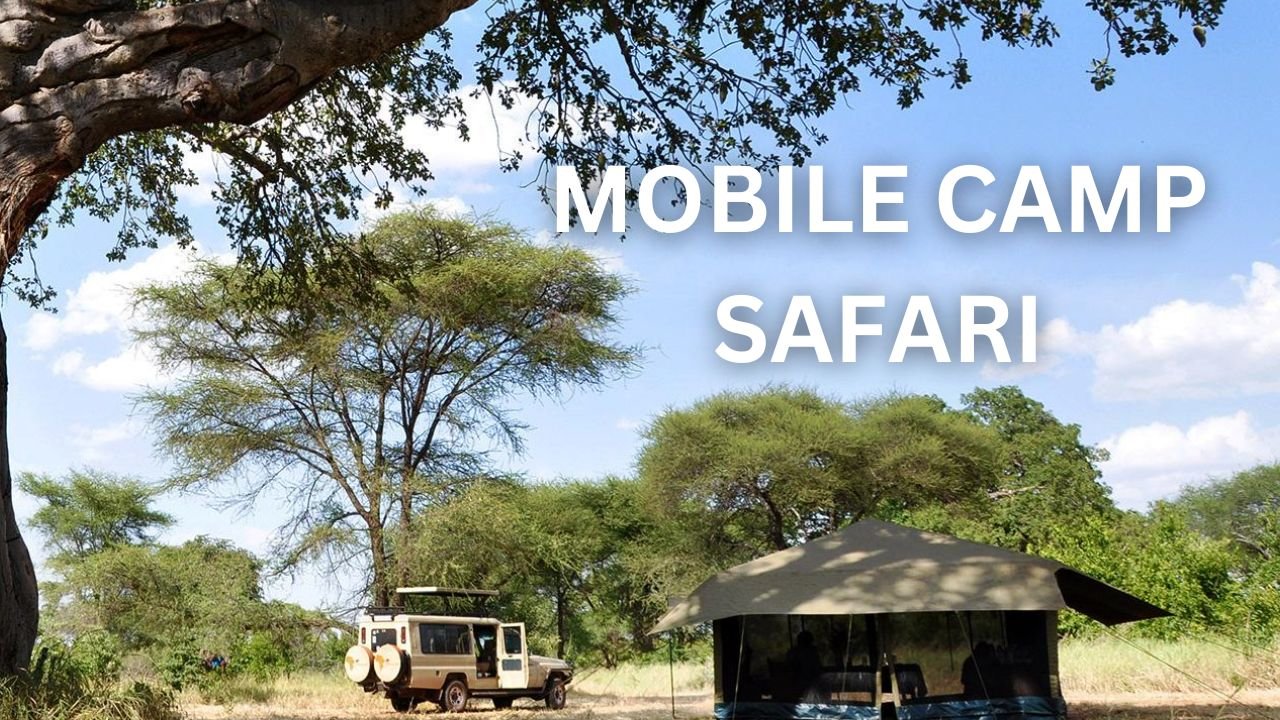Bird Watching In Nairobi National Park
Nairobi National Park is located in Kenya’s capital city, Nairobi, is a unique and extraordinary conservation area. Here are some details about Nairobi National Park.
Nairobi National park is situated 7 kilometers south of Nairobi’s city centre. Despite its proximity to the bustling metropolis, the park covers a big area of about 117 square kilometers (45 square miles.). Nairobi National park was established and declared a national park in 1946.
Nairobi National park is known ‘The World’s Only Wildlife Capital’ and it is known for its diverse range of wildlife, offering visitors a chance to see an array of iconic African animals such as rhinos, buffalos, hyenas, leopards, cheetahs, giraffes, crocodiles, antelopes, monkeys, wildebeests among others.
Nairobi National park is a paradise for bird watchers and lovers. Nairobi National park is home for endangered black Rhinos. The park offers picnic sites, camping sites, nature trails. 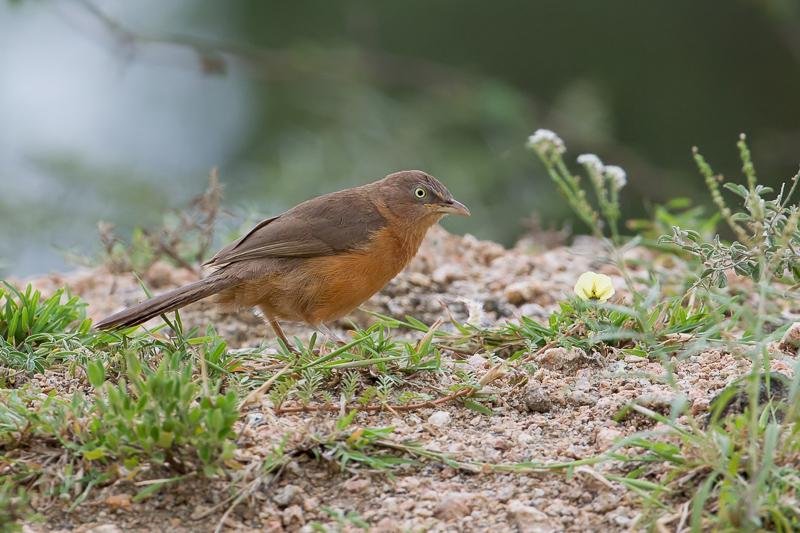
Nairobi National Park stands as a testament to the harmonious coexistence of nature and urban development. Its remarkable wildlife, stunning landscapes, and commitment to conservation make it a must-visit destination for nature enthusiasts, wildlife lovers, and those seeking a unique safari experience in the heart of a capital city.
Bird watching in Nairobi National Park can be a rewarding experience due to the park’s diverse avian population. Despite being located close to the bustling city, the park provides a habitat for numerous bird species.
Nairobi National park has several areas known as birding spots for variety for the bird species such as the Athi Basin, Hippo Pools and also the Ivory Burning site. All these are known popular spots for bird watchers since these areas offer a mix of grasslands, wetlands and acacia woodlands that attract a wide range of bird species.
Nairobi National park is a home to over 532 bird species. The park hosts one of the 8 bird species of Kenya Mountains Endemic Bird area , 27 bird species of the 4 Somali – Masai Biome and 25 species of the 67 African Highlands Biome that occur in Kenya.
Some of the notable bird species include the Jackson’s widow bird, Black smith Lapwing, Hartlaub’s bustard, Lesser Kestrel, Pallid harrier, Secretary bird, Marital Eagle, African Fish Eagle, Kori Bustard, Crowned crane, Lilac- breasted Roller, Super Starling, Vultures, Common Moorhen, Long tailed fiscal, Ostrich, Black-headed Heron, Hornbills, and Weavers among others.
Birding in Nairobi National park is best done in the morning hours and late afternoons. They are generally the best time for birding in Nairobi National park since that’s when birds are most active. You should consider arriving at the park as early as possible to increase your chances of spotting a wide variety of bird species.
From the months of November to April is one of the best time since it’s when some of the bird species migrate from Europe and North Africa. It is also the breeding season and many are nesting in this period. In March to May is the only time when you can easily be see the Jackson’s widowbird.
Nairobi National park features several strategically placed bird hides and observation points. These areas provide you with an opportunity to observe birds up close without disturbing their natural behavior.
Birding in Nairobi National Park has safety precautions to be followed by tourists/ bird watchers. You should follow park rules and regulations. These include avoid getting close to wild animals.
Be aware of your surroundings. You should embrace conservation of environment during birding in Nairobi National park. You should also avoid disturbing the birds or even their habitats. You are always advised to visit the park with a knowledgeable guide or an experienced birder who can enhance your birding experience and ensure your safety as well.
Essential Birding equipment to carry for Birding in Nairobi National park
Binoculars, you can carry a 7 or 8 power binocular since they are bright and they have a wide range view which makes it easier to find the birds and follow them in flight.
A field Guide Book, you can rely on both a book and an app to help you identify a certain bird. You should East African field Guide birding books which will be useful to you to identify different bird species. A notebook or an app on your smart phone can help you record your observation.
Field Bags for Birding, you can use a Back bag, Lumbar bag or Shoulder bag/Cross-body bag to carry your essentials during bird watching.
Insect repellent cream, since bird watching involves long hours of standing or sitting in Nairobi National park, it is good to carry yourself an insect repellent since mosquitoes are many.
Mineral water, during bird watching you will walk, stand, sit for long hours and this will make the body thirsty for drinking water.
Field Clothes, one of a must wear for birders is Cargo pants, birding vests, sturdy as well as comfortable wear.
Sun glasses, the glasses should sit close to your face. However it should not touch the cheeks or the eye brows.
While bird watching in Nairobi National park, don’t forget to keep an eye out for other wild life present in Nairobi National park such as lions, buffaloes, zebras, leopards, wildebeests among others. Nairobi National park is unique in a way since it offers you a chance to witness wildlife alongside bird watching.
During Birding in Nairobi National park, remember to be patient and attentive as birds can be elusive and may require time to allocate and identity. You can do Birding in Nairobi National park while standing for long hours or while you are sitting as you observe birds which are in flight when using binoculars.
While enjoying Birding in Nairobi National park, enjoy the serenity of nature and appreciate the beautiful diversity of birds in the park.
How to get to Nairobi National Park
You can enter Kenya through Jomo Kenyatta International Airport, Wilson Airport and go to the national park. You can a bus or wildlife safari vehicle which drops you at the main entrance of the park. You can also use a railway station which is about 35 minutes to the park.
